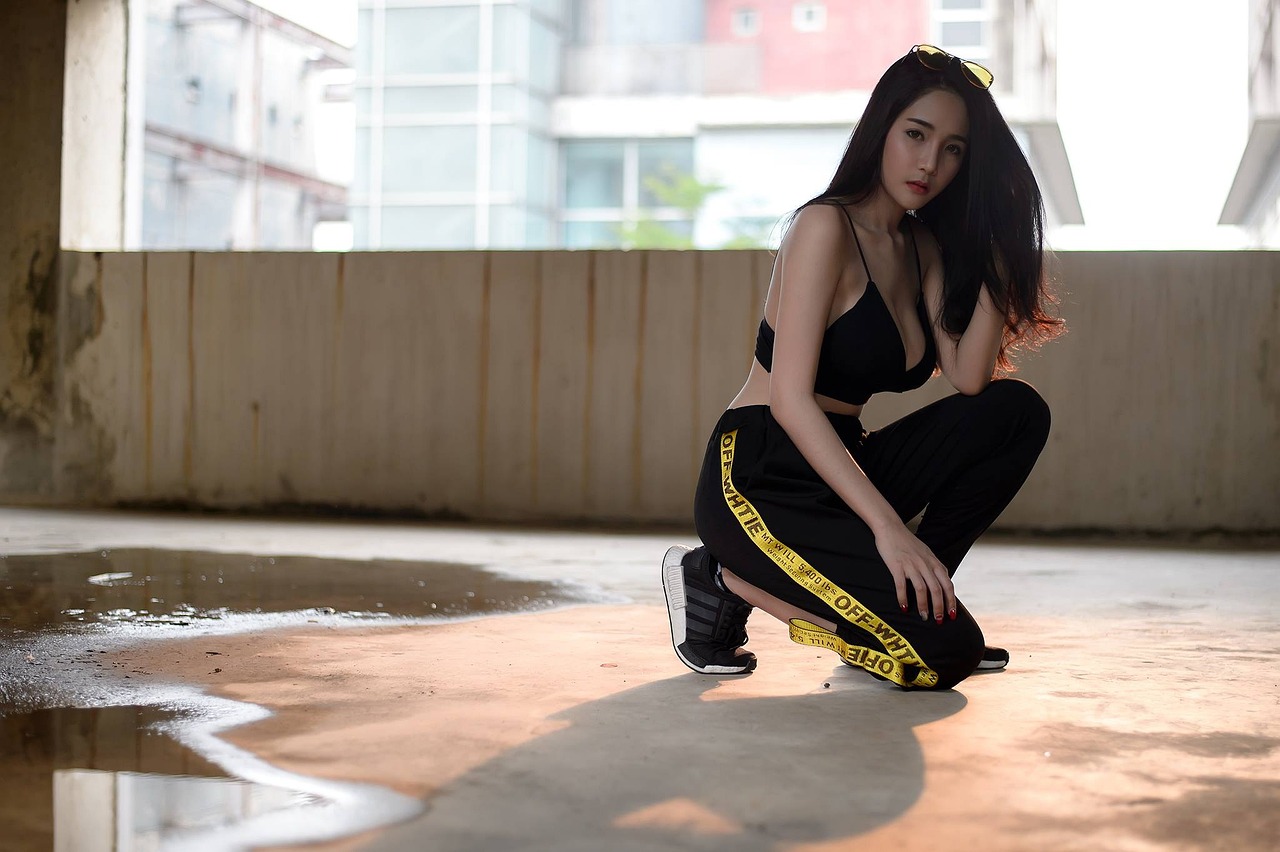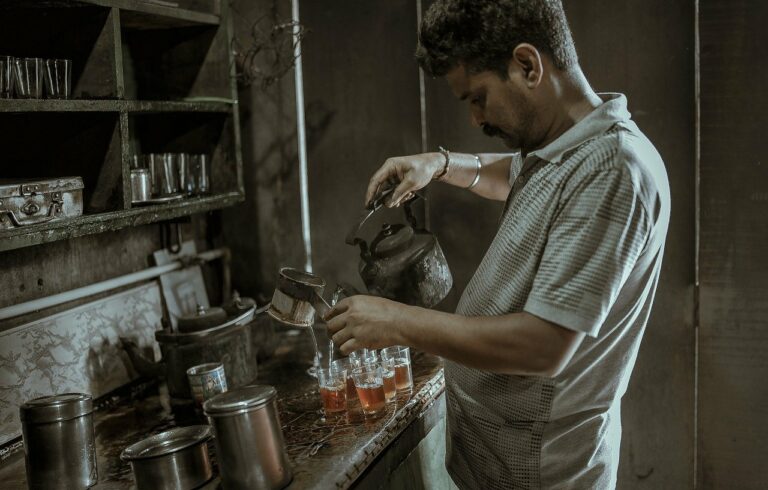Fashion and Indigenous Rights: Collaboration with Native Artists and Designers
Indigenous artists and designers have been making significant strides in the fashion industry, bringing their unique cultural perspectives and traditional craftsmanship to the forefront. Through their creations, they are challenging stereotypes, celebrating their heritage, and introducing the world to the rich diversity of Indigenous cultures.
Their designs often incorporate elements of traditional patterns, materials, and techniques, adding a fresh and authentic perspective to modern fashion. By blending their cultural roots with contemporary styles, Indigenous artists and designers are creating clothing and accessories that not only look beautiful but also carry deep symbolic meanings and stories passed down through generations.
The Importance of Cultural Appropriation Awareness
Cultural appropriation has been a long-standing issue within the fashion industry, often leading to misunderstandings and insensitivity towards different cultures. Without proper awareness and education, designers and brands might unintentionally appropriate elements from indigenous communities, failing to honor the significance and history behind these cultural symbols. Awareness is crucial in order to avoid perpetuating stereotypes and misrepresentations of indigenous cultures, fostering a more respectful and inclusive environment within the fashion world.
By actively engaging in conversations about cultural appropriation, fashion professionals can learn to navigate the complexities of incorporating diverse elements in their designs responsibly. It is essential to acknowledge the origins of traditional designs and symbols, giving credit to the communities that have created and preserved them over generations. Through raised awareness, fashion industry individuals can work collaboratively with indigenous artists and designers, promoting genuine partnerships that value cultural heritage and promote cross-cultural understanding.
• By actively engaging in conversations about cultural appropriation, fashion professionals can learn to navigate the complexities of incorporating diverse elements in their designs responsibly.
• It is essential to acknowledge the origins of traditional designs and symbols, giving credit to the communities that have created and preserved them over generations.
• Through raised awareness, fashion industry individuals can work collaboratively with indigenous artists and designers, promoting genuine partnerships that value cultural heritage and promote cross-cultural understanding.
Examples of Successful Collaborations between Fashion Brands and Indigenous Artists
Many fashion brands have recognized the talent and unique perspectives of Indigenous artists, leading to successful collaborations that celebrate cultural heritage and craftsmanship. These partnerships not only showcase the creativity of Indigenous designers but also foster a deeper understanding and appreciation for Indigenous cultures within the fashion industry.
One notable collaboration is the partnership between luxury brand Valentino and Métis artist Christi Belcourt. Belcourt’s intricate floral paintings were featured in Valentino’s Spring/Summer 2016 collection, highlighting the beauty of Indigenous artistry on a global stage. The collection not only paid tribute to Belcourt’s heritage but also brought attention to important environmental issues, as the designs were inspired by the preservation of biodiversity. This collaboration not only elevated Belcourt’s work but also sparked important conversations about Indigenous representation in the fashion world.
How have Indigenous artists and designers contributed to the fashion industry?
Indigenous artists and designers bring unique cultural perspectives and traditional craftsmanship to the fashion industry, creating designs that celebrate their heritage and tell their stories.
Why is it important for fashion brands to be aware of cultural appropriation when collaborating with Indigenous artists?
Cultural appropriation can lead to the exploitation and misrepresentation of Indigenous cultures, causing harm and perpetuating stereotypes. It is important for fashion brands to approach collaborations with sensitivity and respect for Indigenous traditions.
Can you provide examples of successful collaborations between fashion brands and Indigenous artists?
Some successful collaborations include Nike’s partnership with Maori artist Johnson Witehira, Pendleton’s collaboration with Navajo weavers, and B.Yellowtail’s collection with Apsáalooke designer Bethany Yellowtail. These collaborations showcase the talents of Indigenous artists and bring their cultural heritage to a wider audience.







